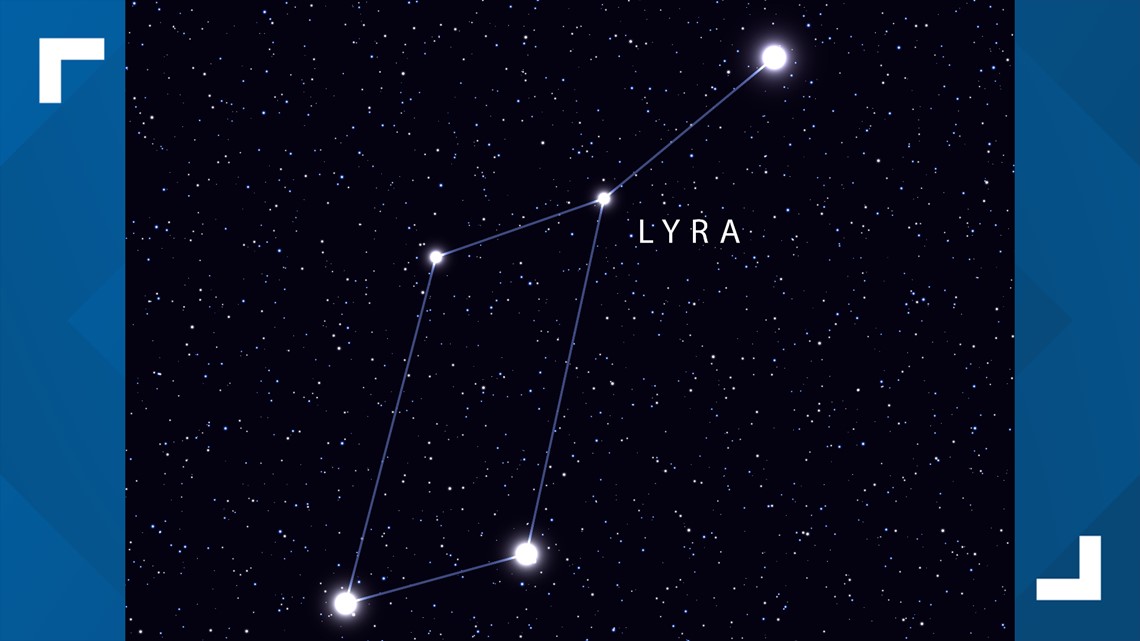April showers bring May flowers – usually. This one brings meteors.
Spring's first major sky-watching event is one of the oldest known meteor showers: The Lyrids. Accuweather says this shower began in the middle of the month but peaks from Thursday night to Friday morning -- just in time for Earth Day.
NASA says the Lyrids have been observed for 2,700 years. They're known for their fast, bright meteors (though they're still second place to the famous Perseids in August). You might count 10 to 20 meteors per hour at the peak of the Lyrids, though they can rarely surprise watchers with as many as 100 per hour.
The meteors leave behind glowing trails of dust that you can see for several seconds.
How to watch the Lyrid meteor shower:
The Lyrid meteor shower peaks from Thursday night to Friday morning. NASA says in the Northern Hemisphere, they're best viewed during the "dark hours" -- the time between moonset and dawn. The American Meteor Society says due to the bright, nearly-full moon, you might actually be best off watching from 11 p.m. to 2 a.m. this year.
If you miss the peak night due to weather or, well, sleep, AMS says you can try again the next night. Things start to really wind down over the weekend with only 2-3 meteors per hour by Sunday morning.
For the best chance at seeing the meteors, NASA says you should find a spot away from city or street lights. Lie flat on a comfy blanket or lawn chair with your feet facing east, and watch as much of the sky as possible. Be patient -- it may take 30 minutes for your eyes to adjust enough to see the shower.
The Lyrids' radiant -- the point in the sky where the meteors appear to come from -- is the constellation Lyra. That's actually where the shower got its name.


Don't just focus on that one spot in the sky, though. NASA says the meteors' trails will be longer and more spectacular as they get further away.
What causes the Lyrid meteor shower?
The meteors that make up the Lyrids are actually space debris from Comet Thatcher, which was discovered in 1861. Earth's atmosphere runs into this flow of dust and other debris each April, causing a spectacular lightshow.
If you miss the Lyrids, don't worry. The next shower, May's Eta Aquarid, is only weeks away.

